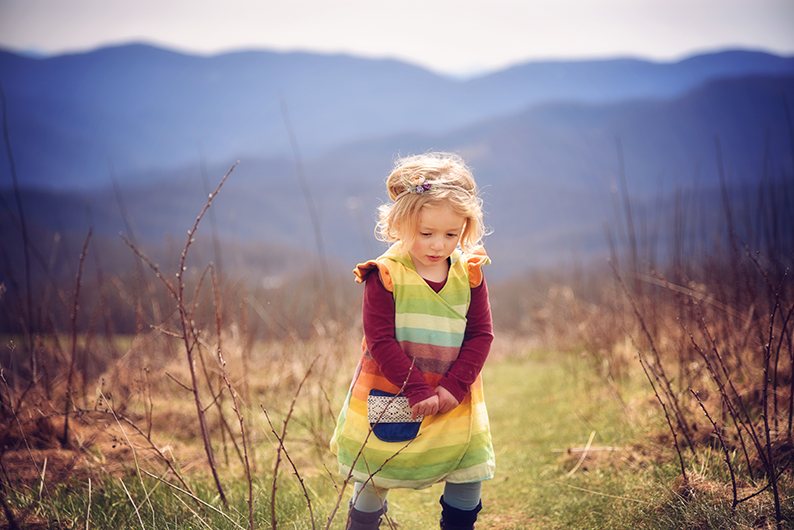Welcome to Part 1 of our Wings Sew-Along - we are so pleased you are joining us! We hope to approach this as a “slow and steady” sewing experience. Too often, we feel stretched in many directions, and when we do find a moment to sit down and sew, feel rushed to get projects done.
We’d like to propose approaching this project with a different mindset.
We invite you to join us in looking upon this sew-along as a time to relax, explore your creativity, and enjoy the process. After all, we are makers - for many of us, sewing can be therapeutic - it keeps us balanced. We hope that you enjoy the slow-sewing approach, and at the end are filled with pride at your beautiful, lovingly-made wings.

Part 1 of the sew-along will be mostly prep work - no sewing machine required quite yet!
Goals for Part 1:
- Read through the pattern
- Print and assemble pattern
- Cut all pieces except wing front and back from fabric
- Fuse and cut wing pieces
Read through the pattern tutorial
To begin with, have a read through the sewing instructions so that you have a good general understanding of how the Wings are constructed. There are videos for each step as well, which are very helpful for visual learners. (You'll notice the video is the same for all Wings - that's because the technique doesn't change from pattern-to-pattern except as noted.) Reading through a pattern is always recommended (though I’m the first to admit that I don’t always do it), but it is particularly important for the T+T Wing patterns because there are quite a lot of steps involved in the construction, and some of the pieces are cut differently than might be expected. Best to get it right the first time!
Prepare your pattern
You'll need to decide which pattern format you plan to use - Print-At-Home, A0/Copyshop, or our newly updated Projector format. Make sure you have downloaded your pattern in your preferred format, and if needed, print and assemble the pattern pieces pattern pages using your preferred technique (e.g. trimming and taping, gluing etc).
New to using PDF patterns? We have a post on the T+T blog with some more details.
Cut out select pieces
As described in the tutorial, cut out just these elements from your fabric: straps and anchor loop, body pieces, and batting (you can rough cut the batting at this point - don’t worry about all the curvy wing edge details).
Fuse and cut main wing pieces ("Cutting and Quilting Wings" section of tutorial)
When cutting the front and back wing pieces, remember that the main wing pieces are cut differently - fuse the interfacing to the main wing fabric before cutting!
Interfacing often comes with specific instructions (on a plastic sheet wrapped around the bolt of interfacing), but if it doesn’t, here are some basic tips for using fusible interfacing:
1. Lay your fabric, wrong side facing up, on the ironing board.
2. Position your interfacing with the glue side down (this side will have little dots of adhesive and will look slightly shiny, as pictured below - the interfacing pictured is Pellon 809).

3. Place a slightly dampened press cloth over top of the interfacing - I keep a little spray bottle handy to dampen it. (I cut press cloths from old sheets and pillowcases and keep them next to my ironing board).

4. With the iron set to the “wool” steam setting, press and hold the iron, applying a bit of pressure. Hold the iron in one spot for 10 seconds or so, then move to the next location, overlapping slightly, repeating until the whole surface is fused. Here you can see how the iron has been pressed down onto one location, held, and then moved to an overlapping location.

5. Flip the wings over so the right side of the fabric is facing up and give it a quick press to make sure there are no bubbles.
You may wish to try a sample first, just to make sure that the interfacing is fusing properly. Be careful if using a synthetic fabric, as too high a temperature may melt the fabric. I used silk Dupioni for my first pair of wings, and found that it was surprisingly difficult to get the interfacing to fuse evenly - I suspect it was due to the slubby texture of the fabric. In the end, it held well enough to cut, and while the fusing wasn't perfect, it wasn't the least bit noticeable once the appliqué was sewn to the wings.

To recap what we have finished at the end of Part 1:
- straps, loop, and body pieces are cut out of fabric
- batting has been rough cut
- fusible interfacing applied to front and back wing pieces

We'll be back soon with the next sew-along post. If you have questions about any of today's steps, please leave a comment on the Twig + Tale Chat Facebook group.
Also, please feel free to share photos of your wing progress on the Twig + Tale Chat Facebook group or on Instagram tagged with #TTWings, #TTWingsSewalong and @twigandtale. We'd love to hear how things are going!

~Lovely cover image by Rachel Osterday~
